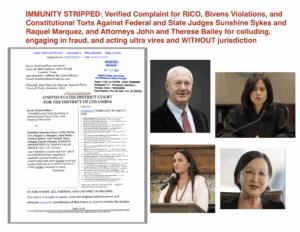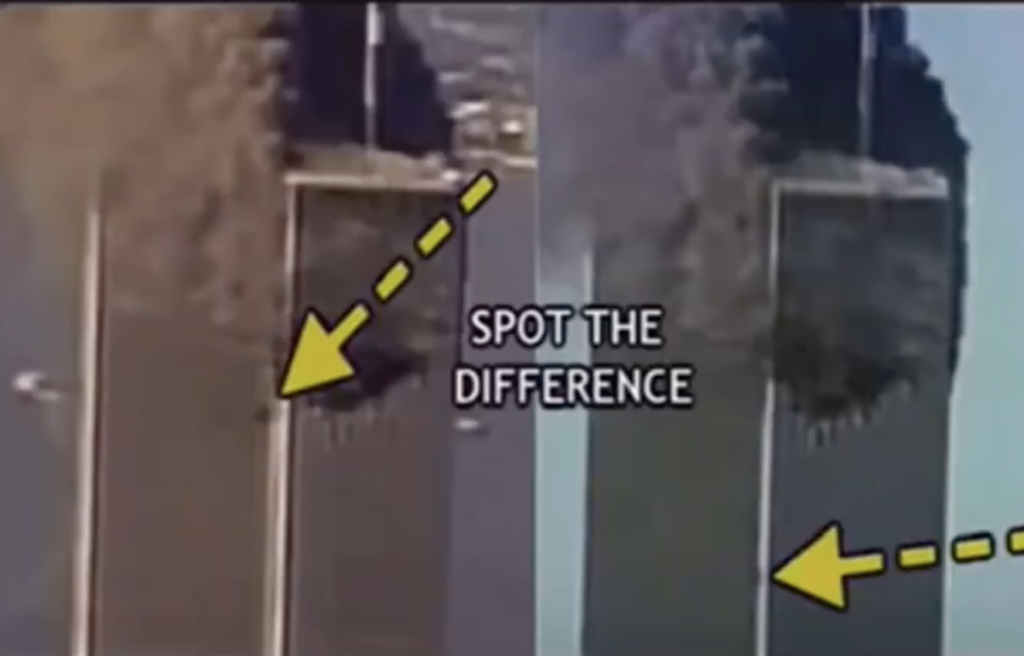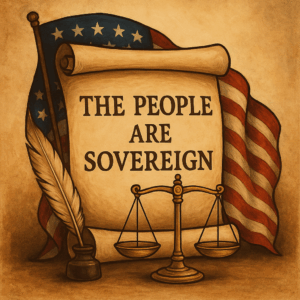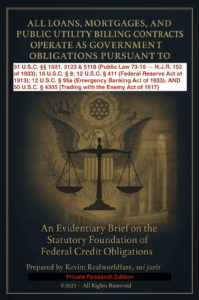The video in question showcases instances where broadcasting experienced what could be termed as “coincidental” disruptions, including segments of the screen being cropped out and airplanes vanishing as their CGI (computer-generated images) merged with the video assets. To any experienced videographer, editor, or professional in the entertainment industry, it’s apparent that the airplanes are fabricated computer animations. Similarly, any expert in construction can observe that the collapse of the buildings resembled an impeccably orchestrated controlled demolition.

IMMUNITY STRIPPED: Verified Complaint for RICO, Bivens Violations, and Constitutional Torts Against Federal and State Judges Sunshine Sykes and Raquel Marquez, and Attorneys John and Therese Bailey for colluding, engaging in fraud, and acting ultra vires and WITHOUT jurisdiction
A groundbreaking verified complaint has been filed in the U.S. District Court for the District of Columbia naming Federal Judge Sunshine Suzanne Sykes, State Judge Raquel A. Marquez, and attorneys John and Therese Bailey in a RICO and Bivens action for fraud, collusion, and ultra vires acts. The suit exposes coordinated judicial misconduct, void orders, and abuse of power carried out without jurisdiction or immunity. This case marks a historic challenge to the illusion of judicial untouchability and a direct demand for accountability before a jury of the People.



